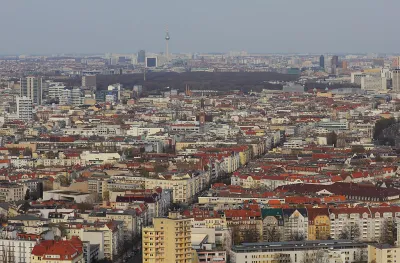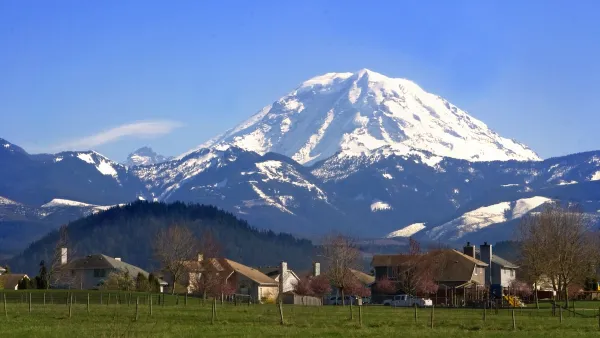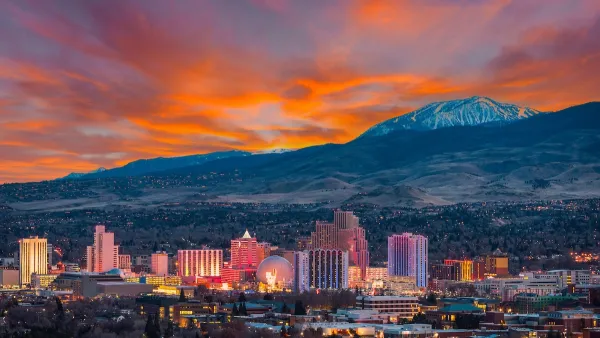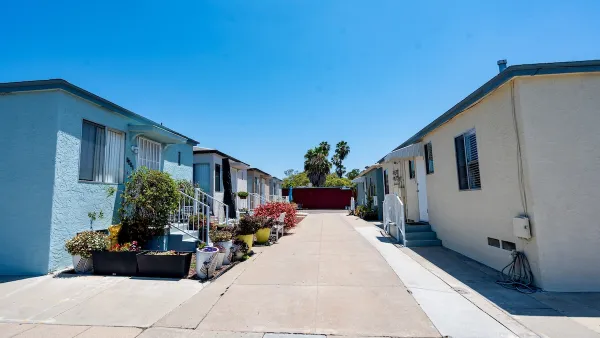Cities around the continent are taking steps to reimagine transportation, housing, and energy use with intriguing projects that could provide useful lessons for American cities.

In a guest essay in Volts, Michael Eliason highlights five "intriguing and powerful" European urbanism trends that hold useful lessons for the Biden administration. These include:
- Brownfield redevelopment: Cities all over Europe are turning brownfields into dense, livable, eco-friendly neighborhoods that take advantage of existing land and discourage sprawl. "Citizen participation is also a major component of these projects. Unlike in the US, this participation isn’t a wasteful exercise whereby local homeowners get to block new homes and preserve the status quo. Rather, these processes allow residents to have a say in what their new district can look like, where things should be located, and what kinds of open space or car-free areas it will have."
- Diversity in housing options: Unlike the largely single-family zoning found in many U.S. cities, "cities like Berlin, Vienna, and Freiburg have proactive land policies for non-market housing like social housing, cooperatives, and baugruppen. They award sites to projects incorporating sustainability, affordability, or other innovations." Meanwhile, social housing plays a major role in Europe; a quarter of Dutch housing is social housing, and Paris is aiming for 30% social housing by 2030.
- Rapid transformation: City leaders are working to expedite projects and take "rapid, productive steps" to implement plans that seek to transform cities, improve livability, and reduce environmental impacts. In a reversal of U.S. NIMBYism, some cities are embracing change as a positive constant. "Rotterdam is never finished," goes a slogan in the Dutch city. "Quality of life is always improving."
- Productive cities: The concept promotes a sort of radical mixed-use that brings production into the heart of the city. Production, Eliason writes, "can include urban agriculture, energy production, food production/processes, recycling centers, or any of the small-scale production processes that constitute industry 4.0." As Eliason asserts, "[p]roductive cities mark a return to the way cities developed centuries ago, but with significantly less pollution and safety hazard."
- Circular economy: The European parliament's Circular Economy Action Plan lays out concrete steps "to reduce waste, empower consumers, change food systems, and make sustainable products the norm."
FULL STORY: The 5 coolest trends in urbanism ... in Europe

National Parks Layoffs Will Cause Communities to Lose Billions
Thousands of essential park workers were laid off this week, just before the busy spring break season.

Retro-silient?: America’s First “Eco-burb,” The Woodlands Turns 50
A master-planned community north of Houston offers lessons on green infrastructure and resilient design, but falls short of its founder’s lofty affordability and walkability goals.

Delivering for America Plan Will Downgrade Mail Service in at Least 49.5 Percent of Zip Codes
Republican and Democrat lawmakers criticize the plan for its disproportionate negative impact on rural communities.

Test News Post 1
This is a summary

Test News Headline 46
Test for the image on the front page.

Balancing Bombs and Butterflies: How the National Guard Protects a Rare Species
The National Guard at Fort Indiantown Gap uses GIS technology and land management strategies to balance military training with conservation efforts, ensuring the survival of the rare eastern regal fritillary butterfly.
Urban Design for Planners 1: Software Tools
This six-course series explores essential urban design concepts using open source software and equips planners with the tools they need to participate fully in the urban design process.
Planning for Universal Design
Learn the tools for implementing Universal Design in planning regulations.
EMC Planning Group, Inc.
Planetizen
Planetizen
Mpact (formerly Rail~Volution)
Great Falls Development Authority, Inc.
HUDs Office of Policy Development and Research
NYU Wagner Graduate School of Public Service





























